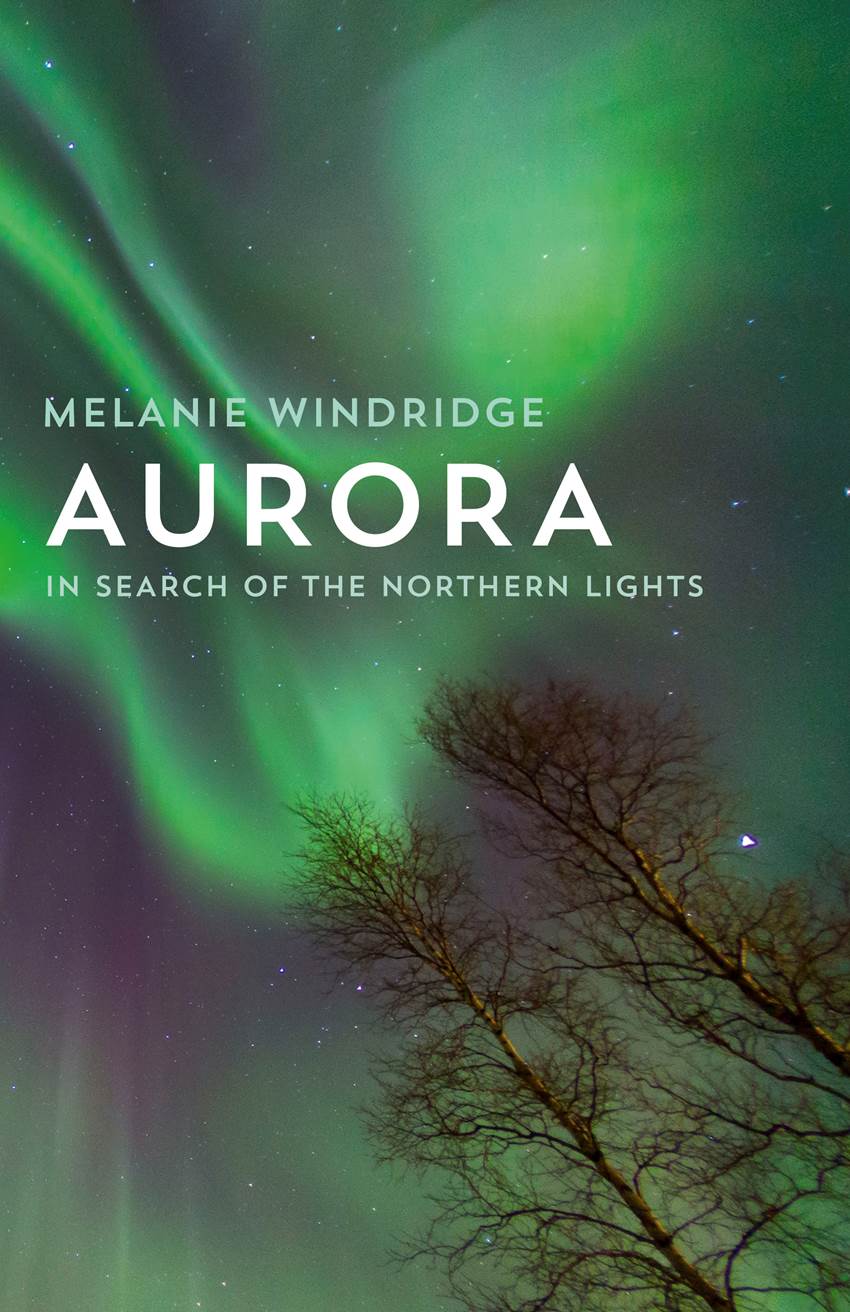The aurora is an incredible light show caused by charged particles accelerated into our upper atmosphere.
Why does the aurora happen?
I have written a whole book about this! There is a lot of fascinating science behind the aurora. It combines astronomy, geology, magnetism, atomic physics and more.
However, I have noticed recently that most travel companies and magazines get the explanation of the aurora wrong. It concerns me that people are going on trips or reading articles, wanting to gain an understanding of the aurora, and they are being given false facts.
I want to clear this up. I want everyone to have a true understanding of the northern lights, even if it is only the most basic understanding. Because we can simplify without getting it wrong. So let me try and clear up the misunderstanding.
The wrong explanation
One description we often hear is this:
“The aurora is caused by charged particles from the Sun that are caught up in the Earth’s magnetic field and funnelled to Earth at the poles, where they cause the aurora (the northern and southern lights).”
This is not strictly true, and misses out the key process driving the aurora – acceleration of charged particles (electrons) into the Earth’s atmosphere.
This description is broadly the one put forward by the Norwegian physicist Kristian Birkeland in the early 1900s. It wasn’t even fully accepted back then, but now it seems we haven’t moved on from it.
Kristian Birkeland made a huge advance in auroral physics, giving us the first plausible explanation of why the aurora happens – charged particles come down magnetic field lines into the Earth’s atmosphere, causing aurora in rings around the poles. He postulated that these charged particles come from the Sun.
But…
It’s more complicated than that
There are two big problems with the explanation above:
1. Charged particles from the Sun funnelled directly to Earth would end up on the dayside of the planet (facing the Sun). We don’t see aurora on the dayside, we see them at night. Somehow particles need to get round the back of the Earth.
2. Charged particles from the Sun funnelled directly to Earth would not have enough energy to cause the bright auroral displays we see at night. In fact, some particles do come directly to Earth from the Sun, but the aurora they cause are too faint to be seen, even during daytime polar darkness.
So, the visual spectacle that we know as the aurora cannot simply be caused by charged particles from the Sun being funnelled to Earth. There must be more to it than that.
The key thing is acceleration. Charged particles are accelerated into our upper atmosphere. The energy for this acceleration is provided by the solar wind, and the process is described briefly on my Aurora Science page.
The right explanation
It would be more accurate to say something like this:
“The aurora is caused by charged particles from the Sun interacting with the Earth’s magnetic environment to accelerate electrons into the Earth’s atmosphere at the poles, where they cause the aurora (the northern and southern lights).”
It’s a small but vital difference. It doesn’t matter where the particles come from; what matters is how the energy of the solar wind (from the Sun) becomes the aurora.
In fact, the aurora is the way that our little planet protects itself from the battering of the solar wind – absorbing the energy in its magnetic field and dissipating it as an incredibly beautiful light show.
So this is my most simple, but accurate, description of the aurora:
The aurora is an incredible light show caused by charged particles accelerated into our upper atmosphere.
If you want more information and a narrative journey of discovery through the history, art, science and landscapes of the aurora then consider reading the book.
[ut_button color=”blue” target=”_self” link=”https://melaniewindridge.co.uk/what-is-the-aurora/what-causes-the-aurora” size=”large” title=”next: science of aurora” ]next: science of aurora[/ut_button]


